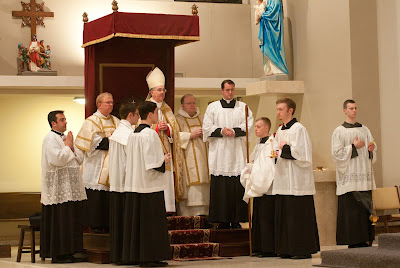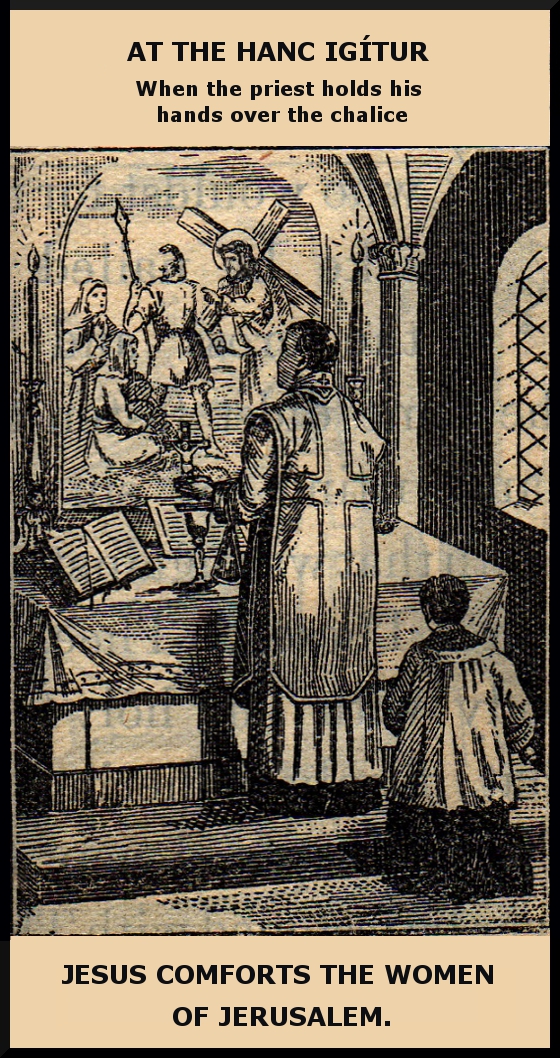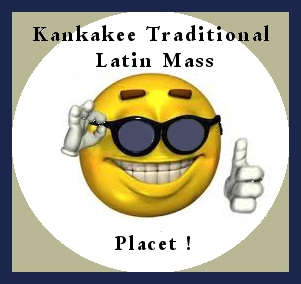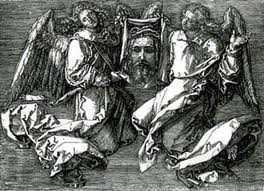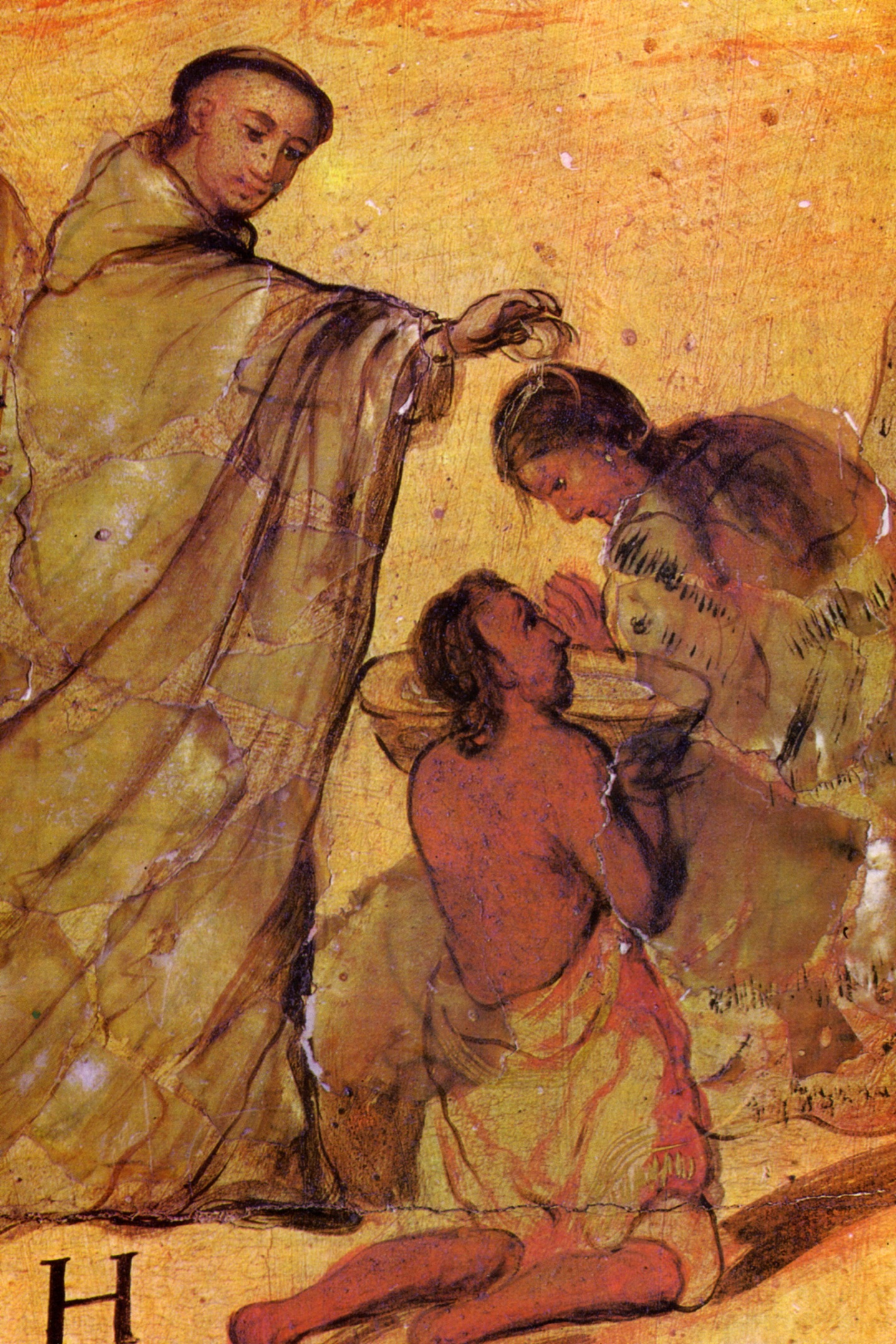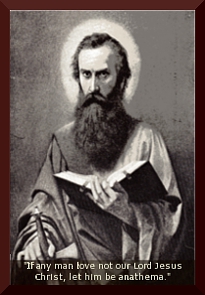“When I shall be lifted up from the earth, then will I draw all things to Myself” (John 12:32).
up from the earth, then will I draw all things to Myself” (John 12:32).
“[W]hen the solemn sound of the fall of the cross into the hole prepared for it in the rock was heard, a dead silence ensued, every heart was filled with an undefinable feeling of awe—a feeling never before experienced, and for which no one could account, even to himself; all the inmates of hell shook with terror, and vented their rage by endeavoring to stimulate the enemies of Jesus to still greater fury and brutality; the souls in Limbo were filled with joy and hope, for the sound was to them a harbinger of happiness, the prelude to the appearance of their Deliverer. Thus was the blessed cross of our Lord planted for the first time on the earth; and well might it be compared to the tree of life in Paradise, for the wounds of Jesus were as sacred fountains, from which flowed four rivers destined both to purify the world from the curse of sin, and to give it fertility, so as to produce fruit unto salvation.” – Anne C. Emmerich
In the temple at Jerusalem, it was the custom to sound a horn to signal the beginning of the slaying of the Paschal lambs; at the Holy Sacrifice of the Mass, we hear the alert at the Sanctus with the sounding of the bell. Now the bell rings once more at the elevation as a signal for the faithful to adore the Divine Lamb, our Lord Jesus Christ, mystically being slain by the sacrificing priest.
Prayer: “Lord Jesus Christ, who wouldst be raised on the Cross, and in that manner exalted from the earth for my sake; raise me, I beseech Thee, from all earthly affections, that my soul may always, as far as possible in this land of exile, live in heaven.“ Amen.
____________________________
In the N.O., the ringing of the bell is optional, and rarely heard at all. The elevation is often done as a kind of presentation to the people rather than an actual lifting up of the Host.

